Over the course of decades, Toyota has earned a well-respected reputation for vehicle safety. Significant investment in research and years of continual development means that Toyota is a world-leader in its use of the latest safety technologies, encompassing everything from design and construction methods and materials to active monitoring systems that can intervene to help a vehicle avoid a potential collision.
In a series of blog posts, we examine each of these technologies, exploring the history of their use in Toyota vehicles, the way in which the technology works and the resulting benefit for occupants travelling in a Toyota vehicle.
As new technologies are introduced, we’ll update the posts to incorporate these advances, so bookmark this information hub to stay up-to-date with Toyota’s latest improvements to vehicle safety.
Toyota Safety Sense
Toyota Safety Sense is Toyota’s latest suite of active safety technologies, introduced across nearly all the Toyota range. In the following post, get an overview of the various systems that make up Toyota Safety Sense to help minimise the risk of collision with other road users and pedestrians:
Toyota Safety Sense: a new level of active safety for the Toyota range
Occupant Safety
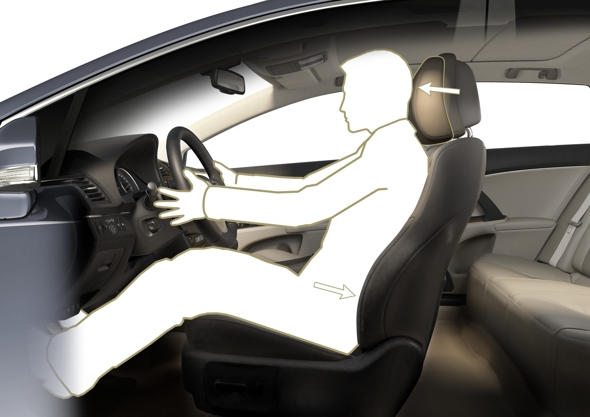
In this post, we take a look at some of the passive safety technologies that protect occupants in the event of a collision:
Impact-Absorbing Body and High-Strength Cabin
Seatbelts with Pretensioners and Force Limiters
Whiplash Injury Lessening (WIL) concept seats
Active Headrests
SRS Airbags
ISOFIX child seat mounting points
Braking Technologies
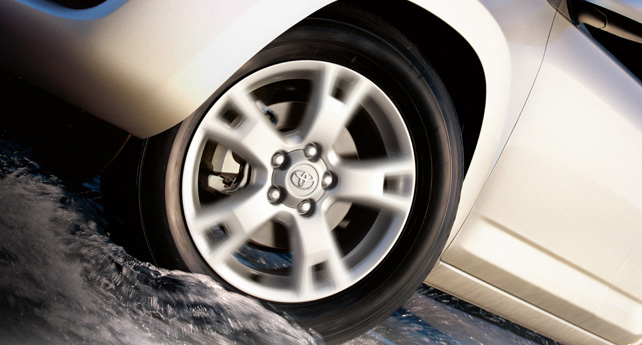
Here we examine the braking technologies that Toyota has developed to bring you safely to a halt, particularly when you need it most:
Anti-lock Brake System (ABS)
Brake Assist (BA)
Electronic Brake force Distribution (EBD)
Pre-Collision System
Stability and Control Technologies
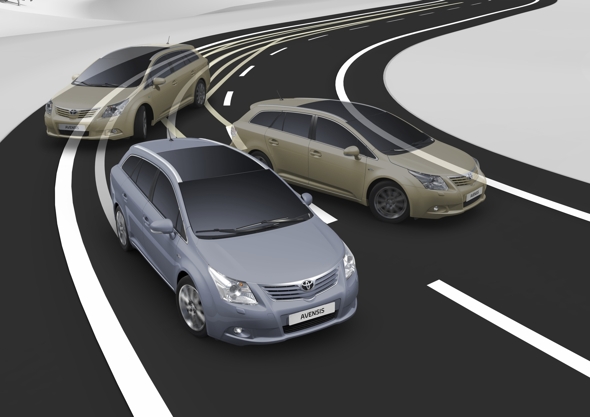
In this instalment, learn how Toyota’s stability and control technologies operate in all manner of driving conditions:
Vehicle Stability Control (VSC/VSC+)
Traction Control (TRC)
Hill-start Assist Control (HAC)
Downhill Assist Control (DAC)
Monitoring Systems
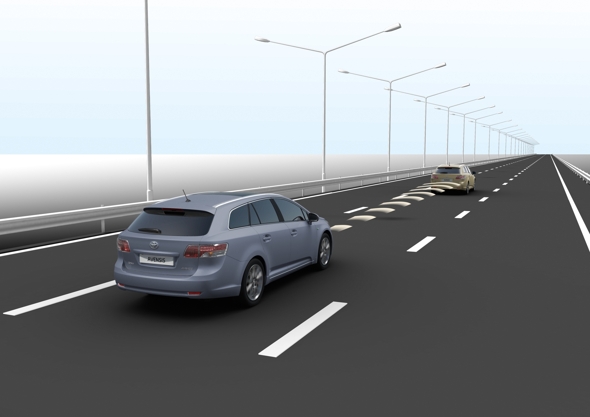
This part of the series focuses on Toyota’s various monitoring systems that keep a close eye on the surroundings when you are parking and driving:
Parking sensors
Rear-View Camera
Intelligent Parking Assist (IPA)/Simple Intelligent Parking Assist (SIPA)
Blind Spot Monitor (BSM)
Rear Cross Traffic Alert (RCTA)
Adaptive Cruise Control (ACC)
Lane Departure Alert (LDA)/Lane Departure Warning (LDW)
Lane Keep Assist (LKA)
Road Sign Assist (RSA)
Safety through convenience
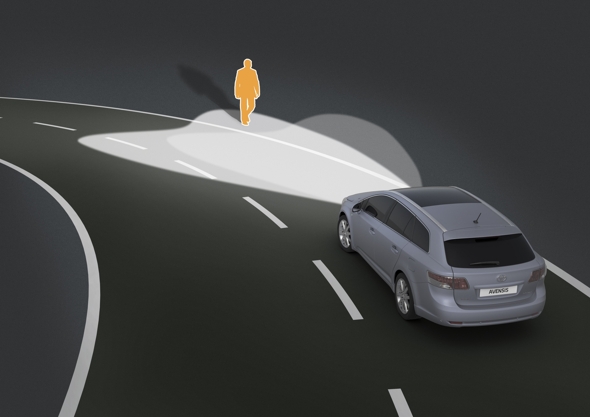
Lastly, we examine some of the technologies that add a layer of safety through convenience when you’re on the go:
Automatic High Beam (AHB)
Automatic rain-sensing wipers
Electrochromatic auto-dimming rear-view mirror
Automatic dusk-sensing headlights
Follow Me Home headlights
LED headlights
High-Intensity Discharge (HID) headlights
Adaptive Front-Lighting System (AFS)
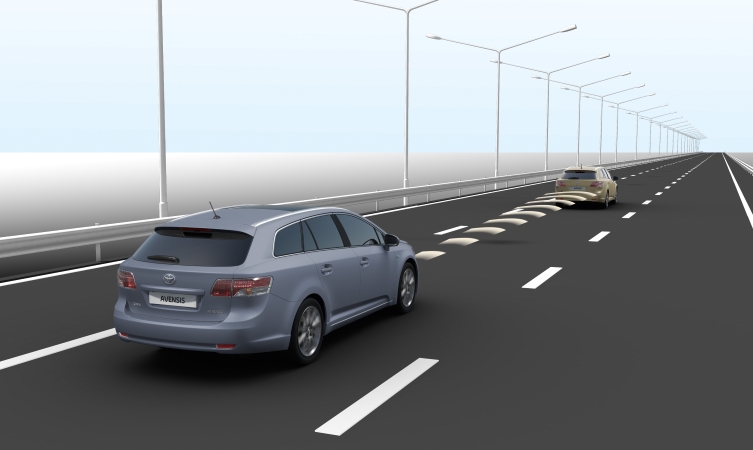
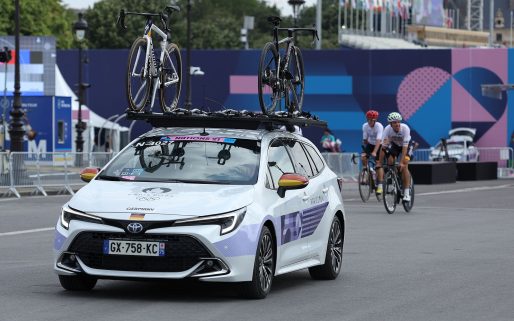
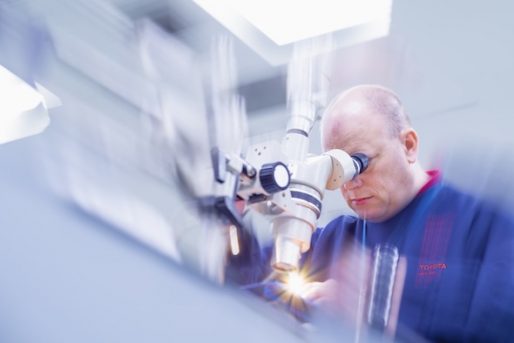
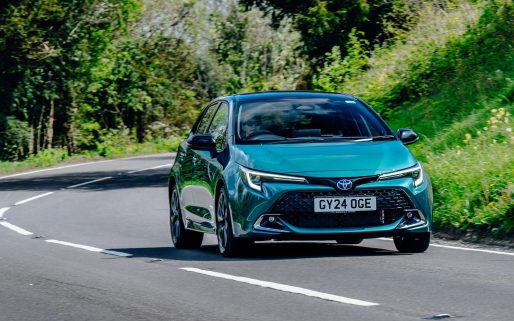

To all at Toyota Safety,
I was unlucky enough to be involved in a head-on collision at high speed yesterday. Thankfully my Yaris Hybrid, despite being a total write-off, protected me completely. I emerged from the accident with a broken sternum broken wrist and bruising but nothing worse and consider myself extremely lucky to be alive. Of course it isn’t just down to luck – the brilliant and effective safety design of the Yaris saved my life and I will be eternally grateful to all the men and women involved in the concept, design and build of the the vehicle. Thank you, Ade Bean.
Hi Ade, thank you for reaching out to us.
Firstly, we are really glad to hear that you are safe and wish you a healthy recovery.
Thank you very much for sharing this with us and for your kind feedback. We will make sure to share this with the wider team.
If there’s anything we can do to help, please don’t hesitate to send us a message.
Many thanks.